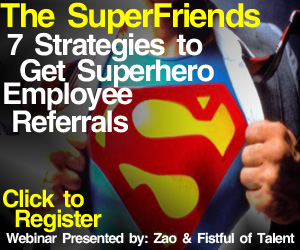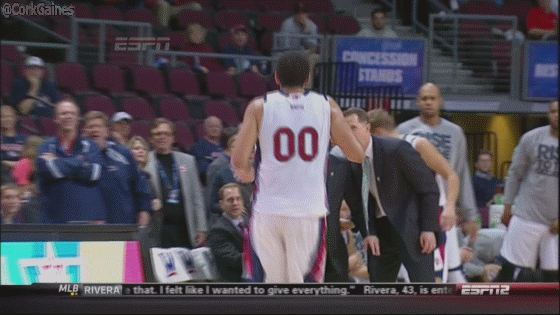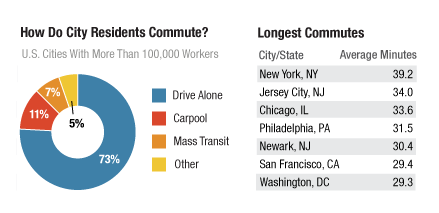The most engaging method of communication you're not using
Let me clarify the post title a little - maybe it should be 'The most engaging method of communication you're organization is not using', but I read somewhere the best titles connect with people personally, so I left the 'organization' part out.
Two charts below will lay it all out for you. The first, courtesy of Business Insider's Chart of the Day:
Most people read this chart with the 'big' takeaway being something like 'Wow, young adults send a ridiculous amount of text messages each month'. But that's not the only, or I'd submit the most important bit of insight from a chart like that.
What am I getting at?
Take a look at the second image - a snippet from my personal Google account activity report from last month, the section that reports back my email aggregate usage for the month. Think about what this data says (admittedly just for my, but I am betting your experience is similar), compared to the text message data above.

The Google data shows that in the month I received almost 10x more email messages than I sent - and that is not accounting for spam and other stuff that I have filters set up for to skip my Inbox entirely - add that stuff in and I bet the ratio of emails received to sent would balloon to 20x. Email is essentially a massive ocean of noise with a tiny bit of signal mixed in, and that requires really close and dedicated attention in order to monitor. I am in email multiple times a day, have been using it as a communications tool forever, and STILL miss or lose track of important messages more often than I care to admit.
Mine (and yours too I bet) experience with text messaging however much more closely resembles that even received/sent ratio we see in the first chart. Look at that chart again - while absolute volumes of text messaging decline as age groups advance, there are still more texts sent than received across the spectrum. Think about that again - every age group sends more texts than they receive.
Email is a mess - we are constantly looking for the important stuff, hoping we don't miss anything, and engaging with, at best, 10% of it in total.
Text on the other hand is almost all signal - we read all of them, we respond to just about all of them (and usually within minutes), and we send more than we receive. It has to be the most engaging popular method of communication - and yet I bet most of us have not tried to incorporate it into organizational communications in a meaningful way.
I'm not saying it's easy - but if you can figure out a way to get permission (bought or earned) to the SMS Inbox, the one really important Inbox people monitor - then you are playing a different game than your competition.
They're spending time, money, and talent trying to avoid the dreaded 'Mark as spam' designation.
Have a great week all - and please don't send me any more email.
Just kidding. Sort of.

 Steve
Steve




